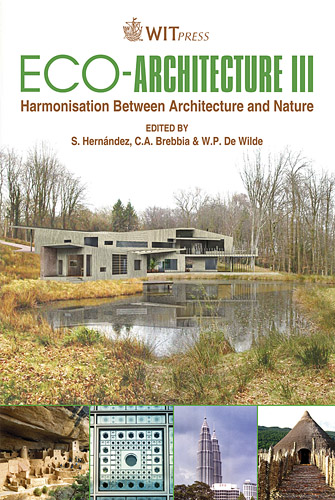Assessing A Carbon Neutral Building Approach
Price
Free (open access)
Transaction
Volume
128
Pages
11
Page Range
3 - 13
Published
2010
Size
528 kb
Paper DOI
10.2495/ARC100011
Copyright
WIT Press
Author(s)
M. Bendewald & J. Brew
Abstract
\“One of nature’s most critical cycles is the continual exchange of carbon dioxide and oxygen among plants and animals. This \“recycling service” is provided by nature free of charge. But today carbon dioxide is building up in the atmosphere, due in part to combustion of fossil fuels. In effect, the capacity of the natural system to recycle carbon dioxide has been exceeded, just as overfishing can exceed the capacity of a fishery to replenish stocks. But what is especially important to realize is that there is no known alternative to nature’s carbon cycle service”. – Natural Capitalism (1999) At Rocky Mountain Institute we have been developing ways to evaluate our built environment with regard to carrying capacity. Green Footstep™, a free online tool, is an outcome of these efforts. The Green Footstep calculator is a building assessment tool using ecologically based assessment criteria. Most existing tools and assessment systems measure performance relative to a baseline case of "standard performance." Generally this equates to a code-compliant building and green performance is measured as a percentage reduction in a particular area, such as water or energy use. As a result, green buildings are rewarded for causing less environmental damage than typical buildings. However, these relative, rather than absolute, performance evaluations rarely make the connection to actual environmental impacts. The Green Footstep tool brings forth building site ecology and ecological limits into the domain of building stakeholders and addresses the ecological challenges of our time. Keywords: carbon, footprint, assessment tool, ecological limits, carrying capacity, building, design targets.
Keywords
carbon, footprint, assessment tool, ecological limits, carrying capacity, building, design targets





